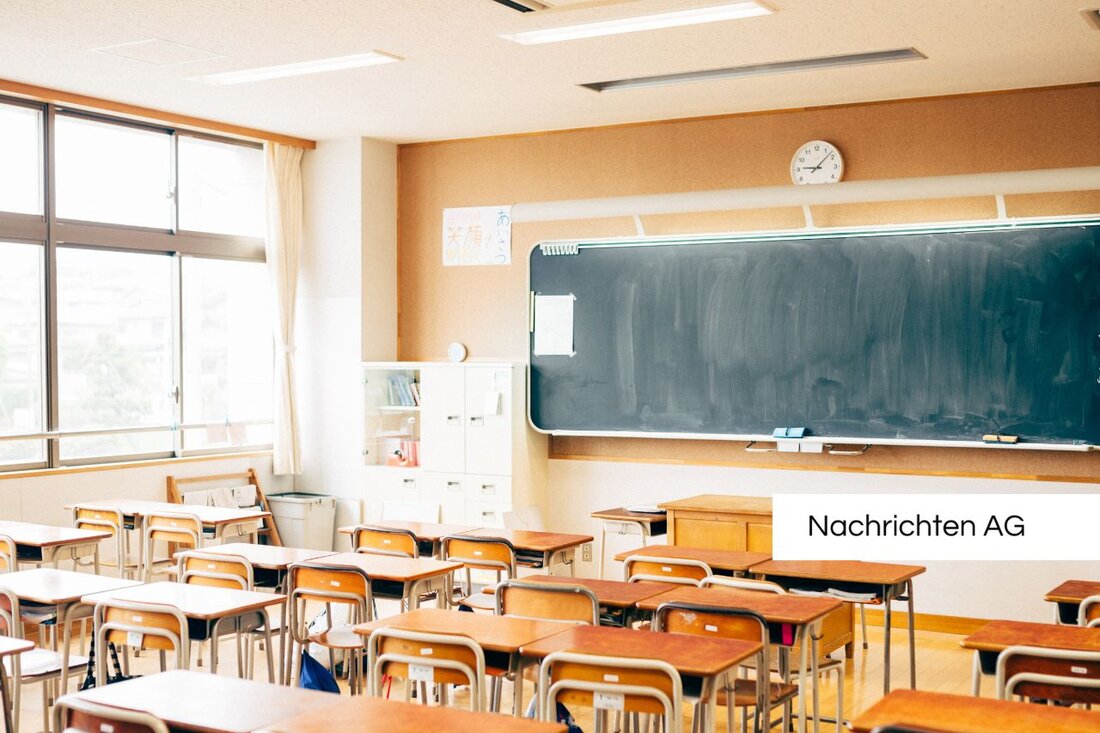Digital treasure chest: St. Veit reveals 2,000 historical recordings!
Historical recordings and citizens' participation in the new digital top engineer St. Veit. Discover the city history online!

Digital treasure chest: St. Veit reveals 2,000 historical recordings!
In a pioneering initiative, the city of St. Veit launched a digital project that makes local history accessible to future generations. Around 2,000 historical recordings from the city archive can now be viewed via a digital platform. The initiative was made possible by the cooperation between the city archive, museum and volunteers and aims to promote awareness of local history.
Mayor Martin Kulmer emphasizes the importance of the project. He describes the topics as a "place of memory" that is "open, digital and alive". This reflects the desire to actively preserve and shape history. State Councilor Daniel Fellner also recognizes the potential of the project for education and awareness of all generations.
participation of the citizens
A special feature of this project is the invitation to citizen participation. Clubs, schools, private individuals and collectors have the opportunity to bring in their own contributions such as photos, time documents or stories. This not only promotes the community, but also enriches the collection. Interested parties can contact the city directly or become active as a "topothek: in". The topotheque is available online at: stveit.topothek.at .
This form of processing is not only important in St. Veit. Comparable projects, such as the topotheque in Grassau, are also active. In 2005, the decision was made in Grassau to record the history of the market. The market has 7,248 inhabitants and is one of the oldest places in Chiemgau. The first mentions of the place go back to 929, which makes the long and eventful history of the place clear.
historical processing
The Grassau history project has published numerous chronicle volumes since 2007 that illuminate various facets of local history, including nature, culture and customs. The topotheque in Grassau shows the past visually and enables citizens to access their history directly. Here, too, the participation of the population is required to provide suitable photo, image and video material, which keeps the memory of the inheritance of the place alive.
The initiative in St. Veit is in the context of a broader discourse on memory cultures, as also discussed by Ralf Roth in modern city history. Local memory cultures, especially with regard to National Socialism, often have a lengthy course. Local Nazi research is important in order to create specific places of remembrance and to work up the history. These considerations could also influence the dynamic projects in St. Veit and Grassau.
Overall, these digital platforms and the integration of citizens offer an excellent opportunity to preserve and actively shape the story. Projects like this not only promote understanding of their own origin, but also strengthen the community. The citizens are called to participate and bring in their stories - be it in St. Veit or in Grassau.

 Suche
Suche
